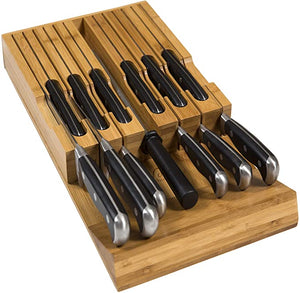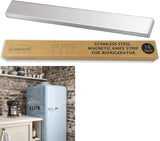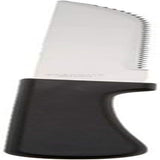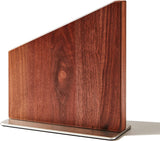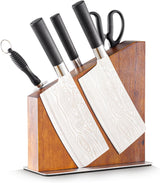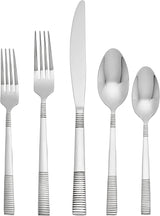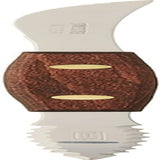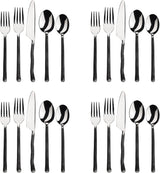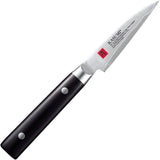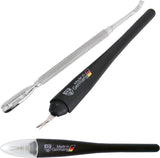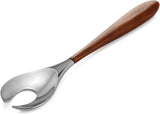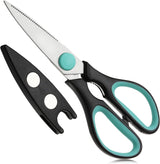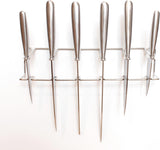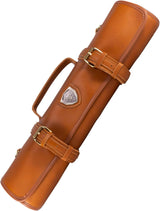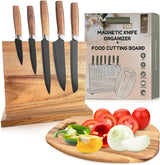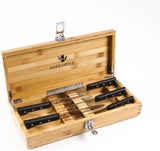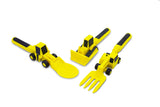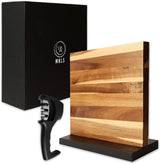For every kitchen professional, a well-sharpened fillet knife is not just a tool; its an extension of their skill and expertise. Whether youre carefully removing delicate fish fillets or cleaning up meat cuts, the precision of your knifes edge can make or break the final result. But what happens when your trusty fillet knife starts losing its edge? Fret not. This life-changing guide will walk you through how to sharpen a fillet knife with a stone, ensuring your blade is always razor-sharp and ready for action.
In this exclusive and unmissable article, well cover the step-by-step sharpening process, share some remarkable hacks, and sprinkle shocking tips to make your sharpening experience seamless. So, kitchen pros, its time to roll up your sleeves and get started!
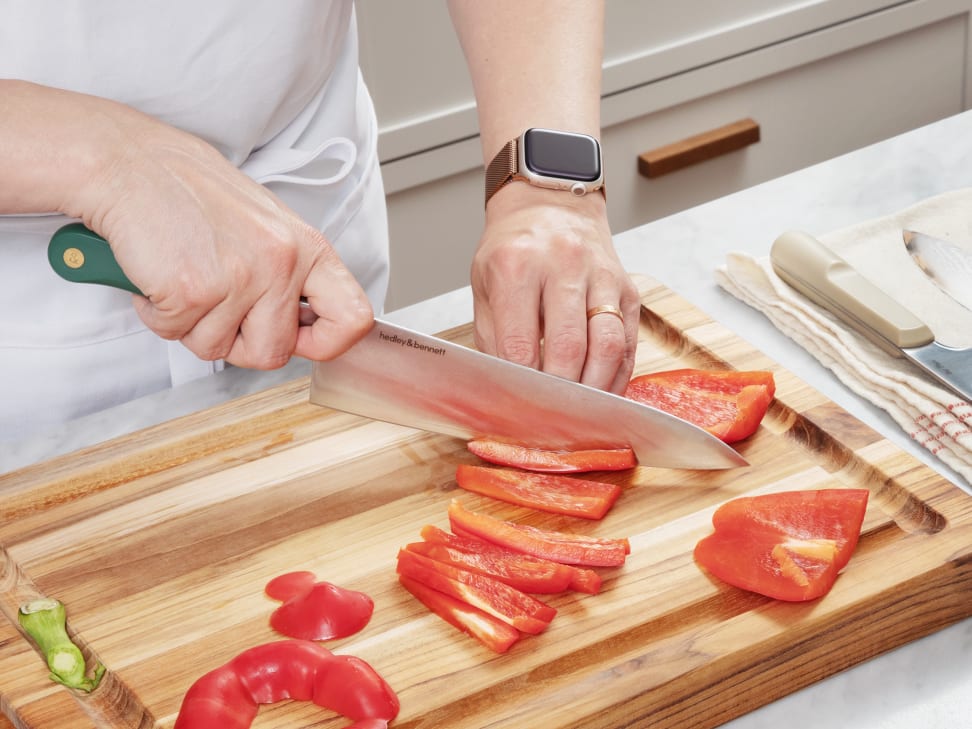
Why Use a Sharpening Stone for Your Fillet Knife?
Using a sharpening stone remains one of the most effective methods to maintain the sharpness of your knife blade. Not only does it give you unparalleled control over the sharpening process, but it also offers longevity to the knife. Unlike alternatives such as electric sharpeners, which can grind away too much material, a sharpening stone lets you preserve the knife blades integrity.
For a tool as delicate and precise as a fillet knife, control and precision during sharpening are vital. If you want your fillet knife to deliver clean, smooth cuts every time, mastering the use of a sharpening stone is your best bet.
The Life-Changing Steps to Sharpen a Fillet Knife
1. Assemble Your Tools
To begin, gather the right tools. Heres what youll need:
- Sharpening Stone: Opt for a medium or fine grit stone for maximum accuracy. If you dont own one, you can check out this guide to pick the best one.
- Lubricant: Use water or honing oil, depending on the type of stone you have.
- A sturdy surface: Place the stone on a stable surface where it wont move.
- Your blunt fillet knife: Ensure the knife is clean before you start sharpening.
2. Prepare the Sharpening Stone
Every sharpening journey starts with prepping the stone. If youre using a whetstone, soak it in water for 10 to 15 minutes until air bubbles disappear. For oil-based stones, add a few drops of honing oil. These steps prevent the stone from clogging with debris while sharpening and ensure smooth movements for the knife blade.
Want to take your sharpening game to the next level? Understand different knife sharpening methods here.
3. Find the Correct Angle
Fillet knives usually require a sharpening angle of 18-21 degrees. Place the knife at the correct angle against the stone. This is a key step, as an improper angle can ruin your knifes edge or reduce its efficiency. To help you maintain the correct inclination, some chefs prefer to use angle guides.
4. Start Sharpening
Now comes the fun part! Begin by dragging the blade across the stone using smooth, consistent strokes. Work from the heel of the blade to the tip, maintaining the correct angle throughout the process. Sharpen one side a few times before flipping the knife to sharpen the other side.
Bonus tip: Count the strokes on each side to ensure even sharpening. For example, three passes on one side should be matched by three passes on the other.
5. Test the Sharpness
After several strokes, test the knifes sharpness by gently running it across a piece of paper or cutting through a tomato. If the knife slices smoothly, your work is done. If not, repeat the sharpening process until youre satisfied with the results.
Need more insights? Learn to keep your fillet knife in perfect condition with these fillet knife care tips.
Shocking Mistakes to Avoid While Sharpening
- Using the wrong angle: Even a slight deviation can lead to an inconsistent edge.
- Over-sharpening: Excessive grinding can remove too much material and shorten your knifes lifespan.
- Skipping lubrication: Always use water or oil to prevent debris buildup on the stone.
FAQ Section
1. How often should I sharpen my fillet knife?
The frequency depends on usage. For daily use, consider sharpening every one to two weeks. For occasional use, once a month should suffice.
2. Can I use a sharpening stone for other knives?
Yes, a sharpening stone can be used on almost any knife, including chefs knives, paring knives, and utility knives. Learn about different types of knives here.
3. Are there alternatives to a sharpening stone?
Yes, electric and pull-through sharpeners are available. However, for kitchen professionals, a sharpening stone provides unrivalled control and precision.

Conclusion
Sharpening a fillet knife with a stone is not just a skill; it's an art. With these remarkable tips and tricks, you can ensure that your knife stays razor-sharp, ready to tackle any culinary challenge. For those seeking to elevate their knife game even further, explore these recommended sharpening techniques.
Treat your fillet knife with the respect it deserves, and it will reward you with impeccable performance for years to come. Happy sharpening!
This article contains affiliate links. We may earn a commission at no extra cost to you.
